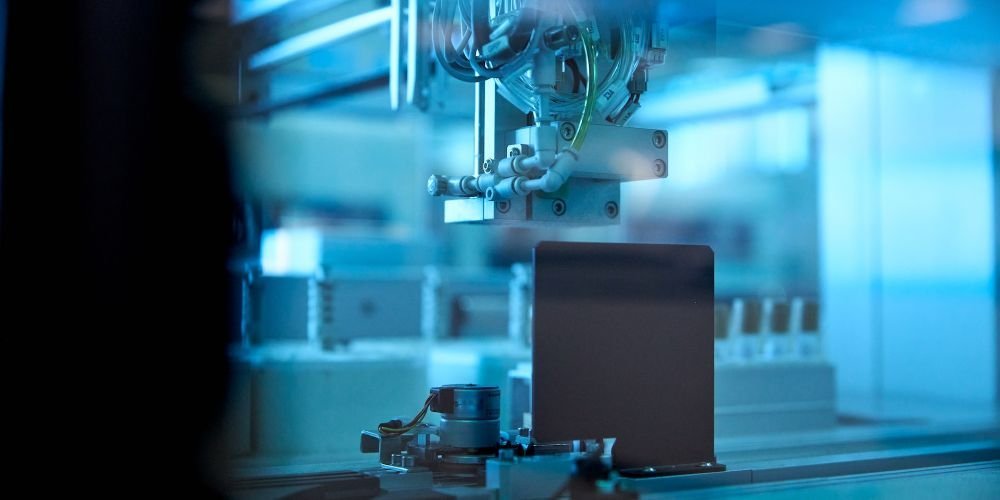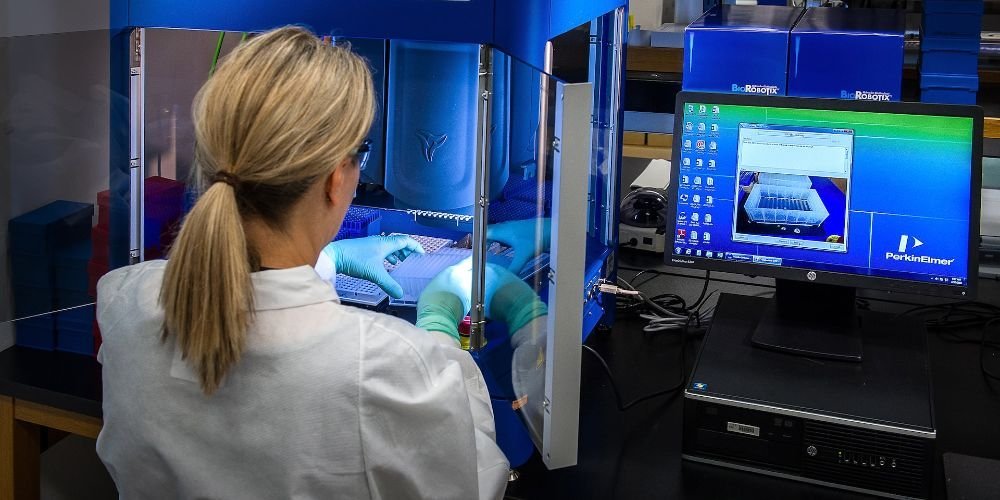Decoding OSHA Laboratory Standards: Safety Essentials

In the dynamic landscape of workplace safety, the Occupational Safety and Health Administration (OSHA) seems to loom over the shoulders of office and construction workers alike. The regulations and guidelines put forth by this administration, despite the begrudging attendance of many a workplace trainee, are essential for keeping us from injuring ourselves and each other across a diverse array of industries.
Among these industries, laboratories are hubs of innovation where researchers push the boundaries of our understanding of how our world (and bodies) work. They also present a special set of safety precautions, noxious chemicals, bone-crushing robotics, and potentially lethal biological hazards. OSHA’s meticulous laboratory standards serve as a critical framework to ensure the safety and well-being of personnel immersed in the pursuit of scientific advancement.
OSHA’s laboratory standards, born from a dedication to preserving human health, provide a comprehensive roadmap for mitigating risks and fostering a culture of safety. With a focus on safety essentials, we will navigate the core principles that govern laboratory environments, empowering personnel to engage in scientific exploration without compromising their well-being.
Even if you are familiar with your PPE requirements (more on that below) and are up to date with your OSHA-mandated training, we encourage you to follow along for our breakdown of OSHA laboratory standards, where we hope to shed light on the critical elements designed to keep your ambitious, innovative teams safe.
Understanding OSHA Laboratory Standards
OSHA, a federal agency under the United States Department of Labor, has developed specialized safety protocols and standards tailored to laboratories. These standards are designed to protect workers and bolster productivity and innovation by fostering an environment where safety is paramount.
Key Elements of OSHA Laboratory Standards
1. Hazard Communication (HazCom)
Within the intricate tapestry of laboratory operations, chemicals are both discovery tools and potential sources of danger. OSHA’s Hazard Communication Standard (HazCom) ensures that workers are informed about the hazardous substances they encounter.
This standard necessitates clear labeling, classification, and safety data sheets (SDS) for chemicals. HazCom empowers workers to handle chemicals with a heightened sense of awareness and care by enabling workers to comprehend the risks associated with each substance.
2. Personal Protective Equipment (PPE)
Personal protective equipment (PPE) serves as the first line of defense against potential hazards in laboratories. OSHA’s laboratory standards mandate the utilization of PPE such as gloves, goggles, lab coats, and respirators when necessary. By donning appropriate PPE, workers minimize the risk of exposure to harmful substances and safeguard themselves from potential accidents.
3. Chemical Hygiene Plan (CHP)
Laboratory settings demand adherence to safety protocols and a systematic approach to managing chemical hazards. This is where the Chemical Hygiene Plan (CHP) comes into play. A comprehensive CHP outlines safe chemical handling, storage, and disposal procedures. It also necessitates regular risk assessments and employee training, cultivating a safety culture permeating every facet of laboratory operations.
4. Emergency Preparedness and Response
While laboratories are places of innovation, they are not immune to accidents. OSHA’s laboratory standards require establishing emergency protocols to handle potential incidents. Evacuation plans, spill containment procedures, and measures to handle chemical fires are all integral to these protocols. Regular drills and training ensure that personnel are equipped to respond swiftly and effectively in times of crisis.
5. Laboratory Equipment Safety
From complex machinery to intricate instruments, laboratory equipment plays a vital role in scientific endeavors. OSHA’s standards encompass equipment safety, including routine maintenance, proper ventilation, and fume hood operation. Laboratories minimize risks and promote a secure working environment by ensuring that equipment is well-maintained and utilized correctly.

OSHA Laboratory Standards Compliance: Best Practices
Maintaining compliance with OSHA laboratory standards is not merely a regulatory obligation but a commitment to the safety and well-being of all laboratory personnel. To ensure a culture of safety, laboratories can adopt several best practices:
- Regular Training and Education: Ongoing training sessions and workshops on OSHA standards keep laboratory personnel well-informed about safety protocols and hazard management.
- Safety Committees: Establishing safety committees involving employees at all levels can enhance safety culture. These committees can assess risks, devise strategies, and consistently adhere to OSHA standards.
- Communication: Open channels of communication regarding safety concerns foster a proactive approach to identifying and mitigating hazards.
- Continuous Improvement: Regularly review and update laboratory protocols and safety measures to align with the latest OSHA guidelines and best practices.
Recent Developments and Updates in OSHA Laboratory Standards
The landscape of laboratory safety is ever-evolving, driven by advances in technology and changes in scientific practices. OSHA’s commitment to upholding safety is reflected in the periodic updates to its standards. Staying informed about these updates is essential to maintaining a compliant and secure laboratory environment. Laboratories should regularly check OSHA’s official website for the latest information and revisions.
Conclusion
OSHA laboratory standards are not mere regulations; they are the bedrock of laboratory safety. By adhering to these standards, laboratories are dedicated to protecting their personnel, fostering a culture of innovation, and upholding ethical scientific practices.
Remember that these guidelines are not just legal mandates – they are the guardians of your safety as you push the boundaries of knowledge, discovery, and our understanding of scientific exploration.




